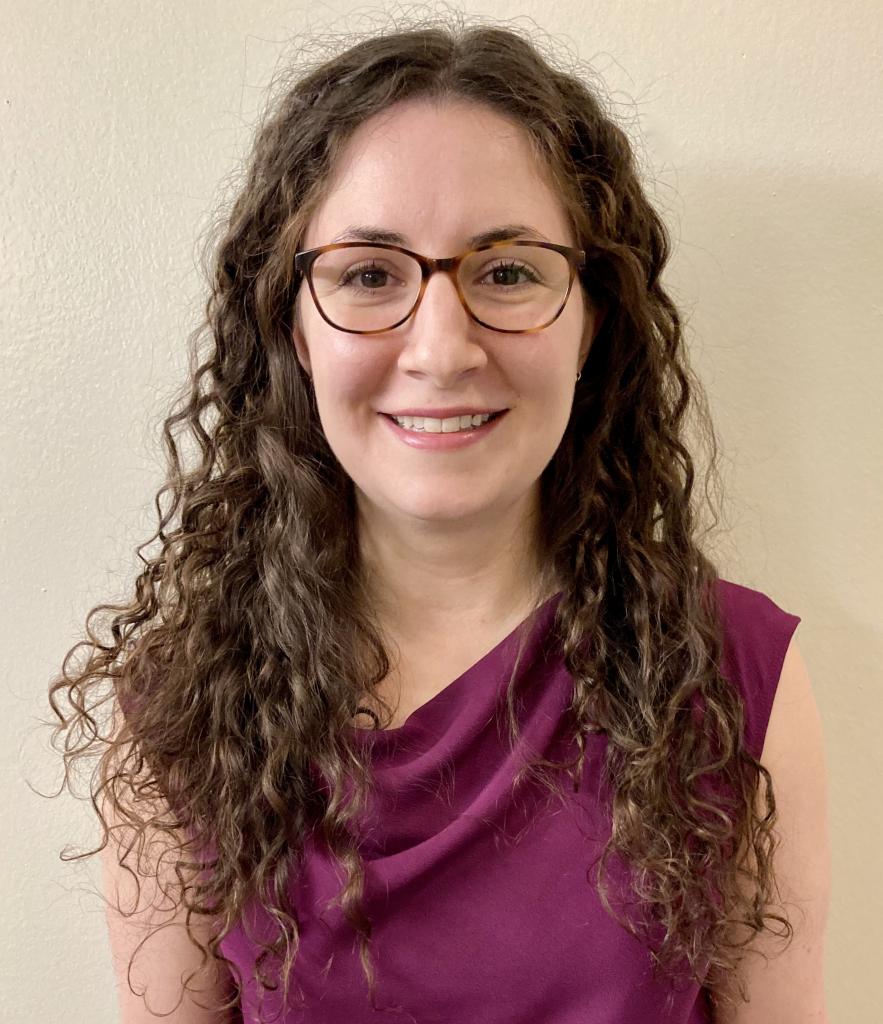8/22 Motions Session #5: Ex-Button Pusher
You’re next, AE133N.
Published by The Lawfare Institute
in Cooperation With

You’re next, AE133N.
That’s a defense motion to compel discovery into the court’s audio system, itself filed in connection with AE133, the defense’s motion to bar electronic monitoring of attorney-client meetings. Everyone vividly recalls the monitoring mishaps that arose back in January and February. But, according to J. Connell III, the defense still hasn’t been given a complete universe of information about the courtroom (though it has been given some things). In particular, he’s interested in certain historical---he says “backward looking”---technical data.
There was, the lawyer notes, a substantial dispute about a third party’s ability to parse heard audio information. We can certainly guess who that is: the “button pusher,” or, more accurately, “ex-button pusher,” given that person’s disconnection from the audio feed, in the wake of Judge Pohl’s order. Connell goes on: IT staff likewise had resisted defense attempts to inquire into certain audio flows---to where, we also can certainly guess. Finally, schematics provided to the defense apparently don’t describe the courtroom’s audio gear as-built; this might well have described our button-pusher’s audio-censorship and monitoring capabilities. The lawyer thus seeks the court’s help in investigating further.
The defense already has gotten boatloads of access to the audio gear in the court, certainly enough to establish that there hasn’t been any monitoring of privileged stuff inside the ELC. Such is the essence of prosecutor Clay Trivett’s rebuttal. He adds that the government isn’t required to create discovery, by digging back for as-built schematics on the courtroom audio capability. Why? Well, because there aren’t any such schematics. And Connell’s efforts to cross-examine IT personnel have been rejected by the court already, on relevancy grounds. So there’s nothing new here at all; we’re done, argues Trivett.
Wait, no we aren’t, according to Connell. For example, there was definitely---whether contractors and planners reduced it to writing or not---audio programming code, at the time of the systems’ construction. That information is surely out there. Ditto information about Mr. or Ms. Button Pusher: he or she was employed for at least nine months prior to the incident giving rise to the defense motion. All this, Connell emphasizes, is discoverable under military commission rules.
The court then pushes a button of his own---that calling for a lunch break. See you at 1400.


.jpg?sfvrsn=d5e57b75_5)

